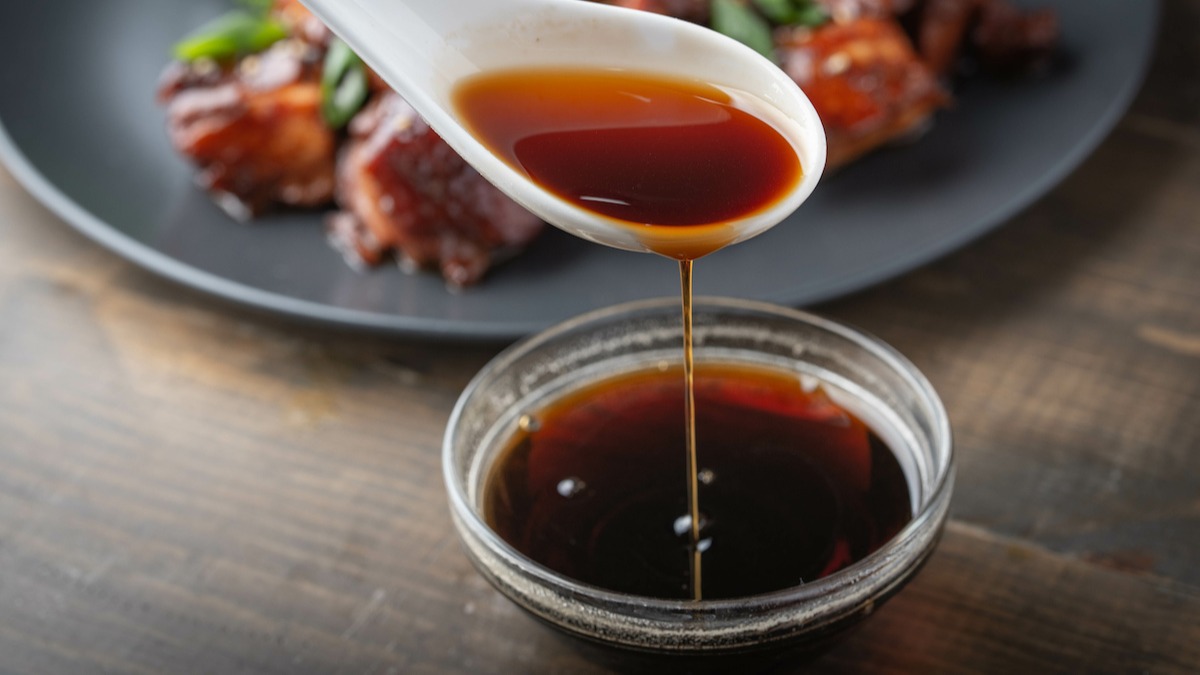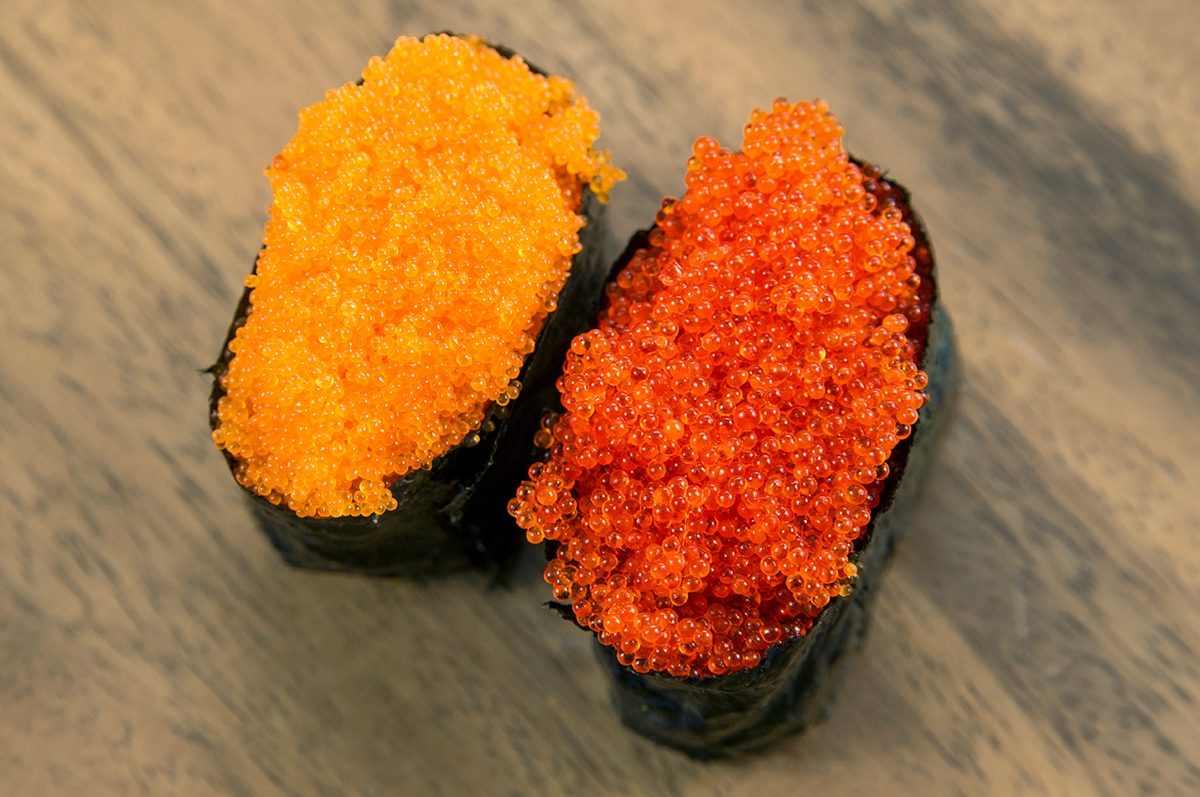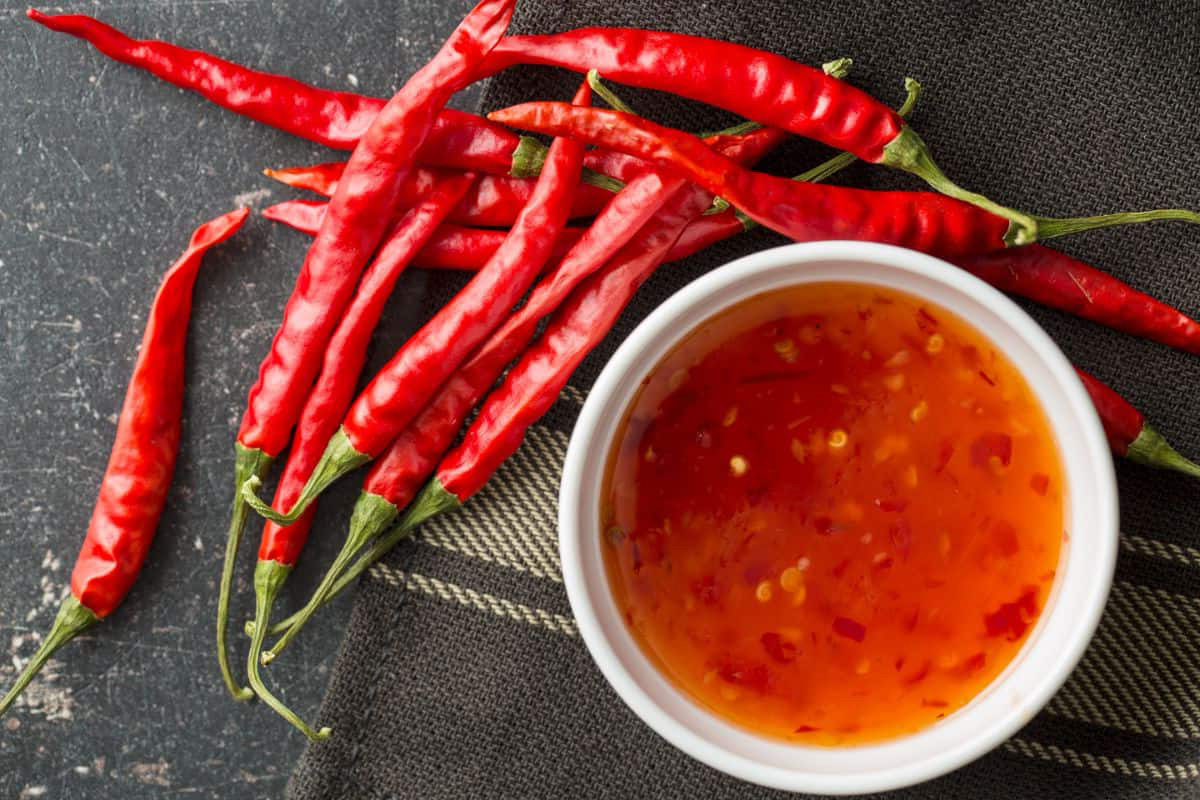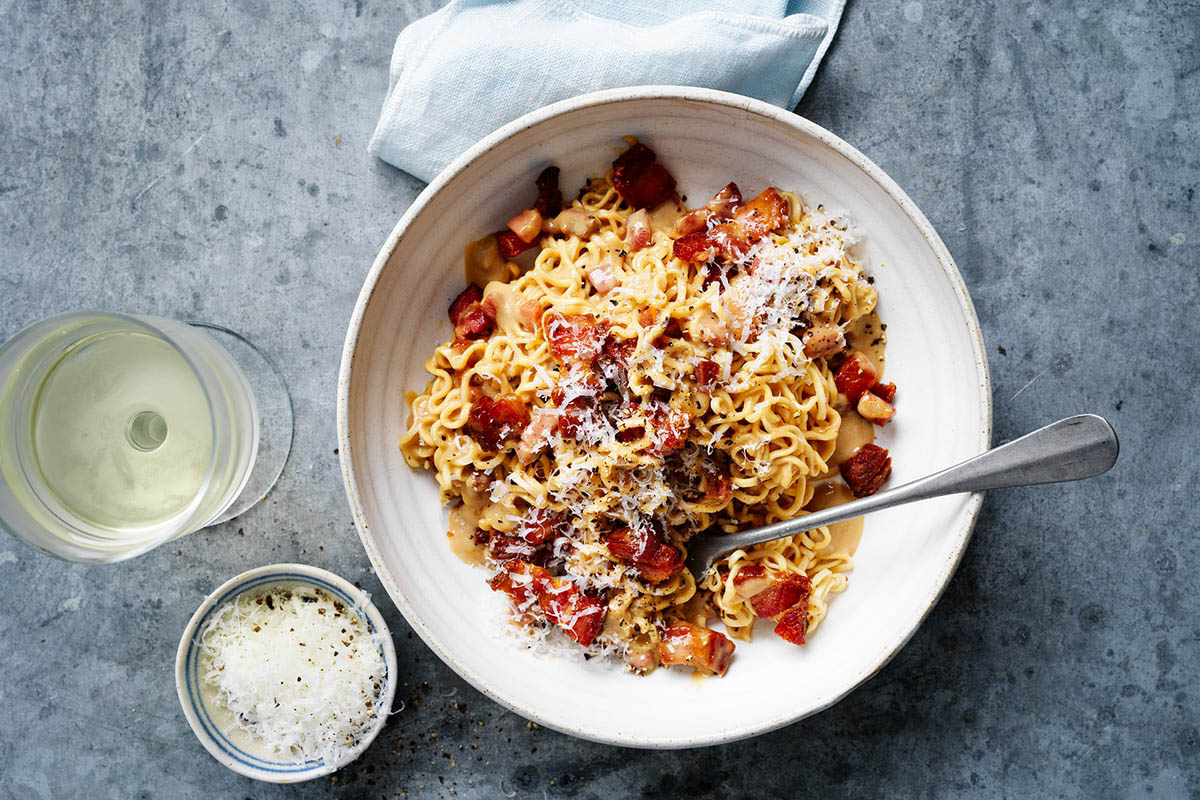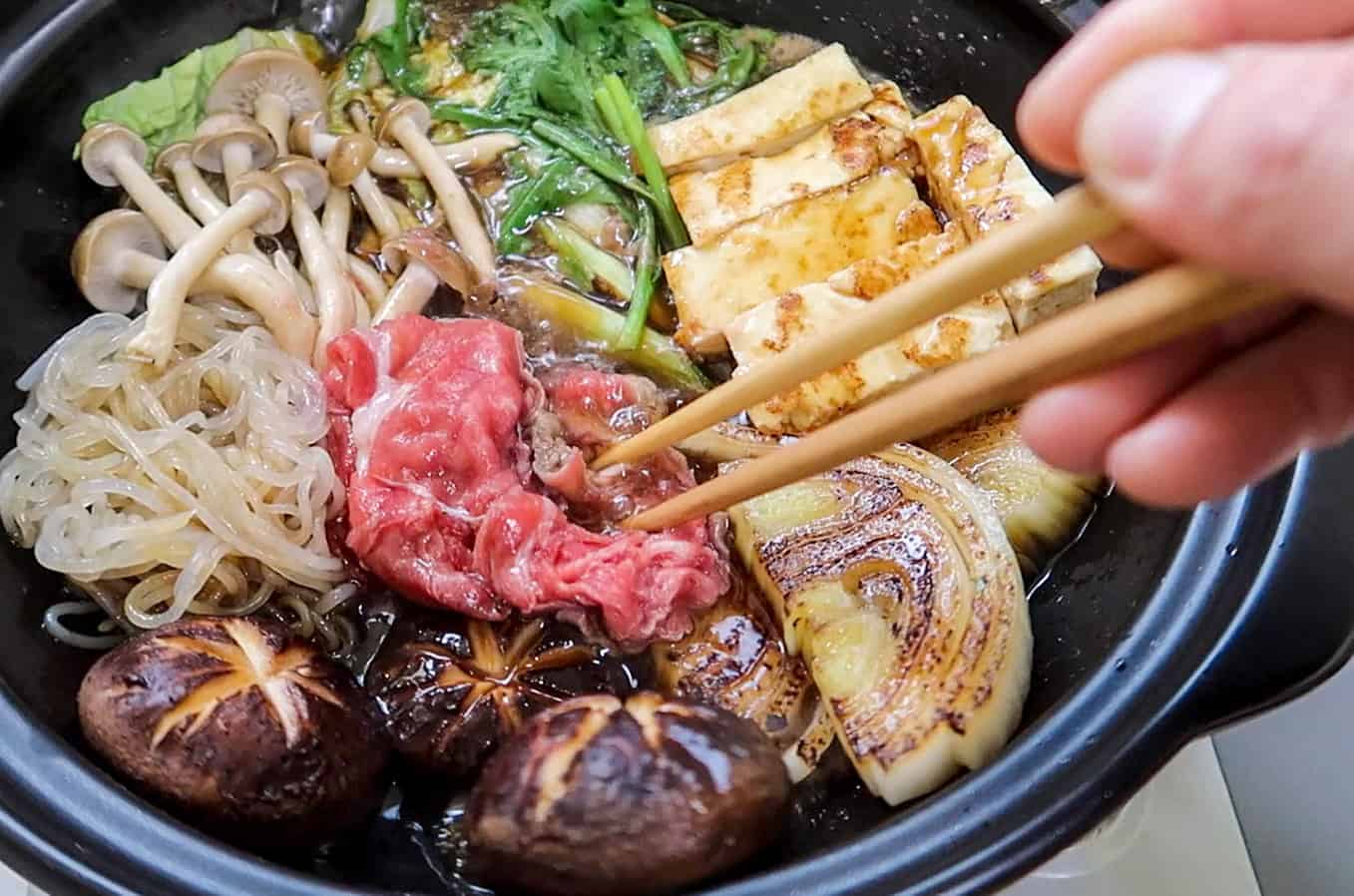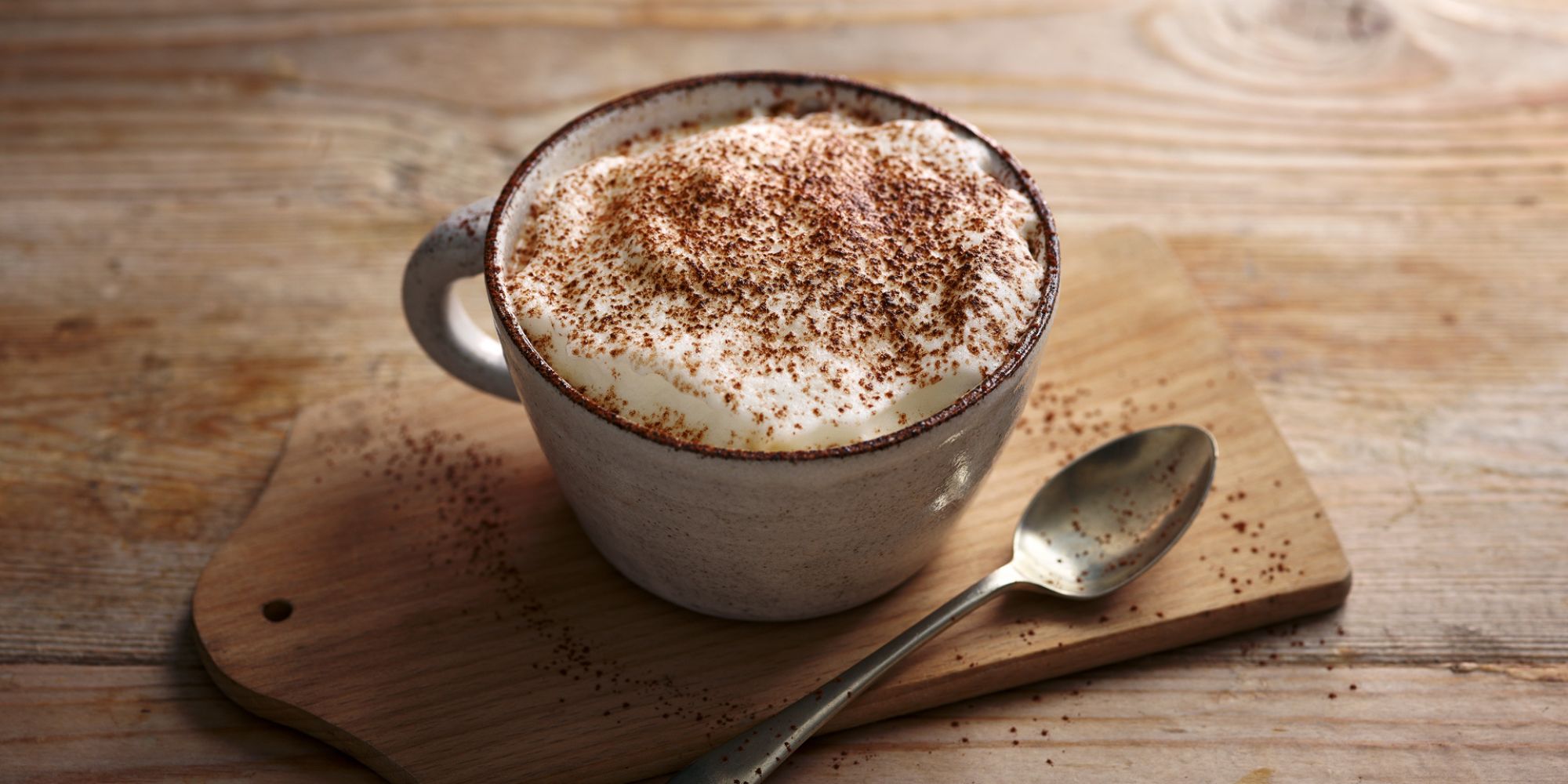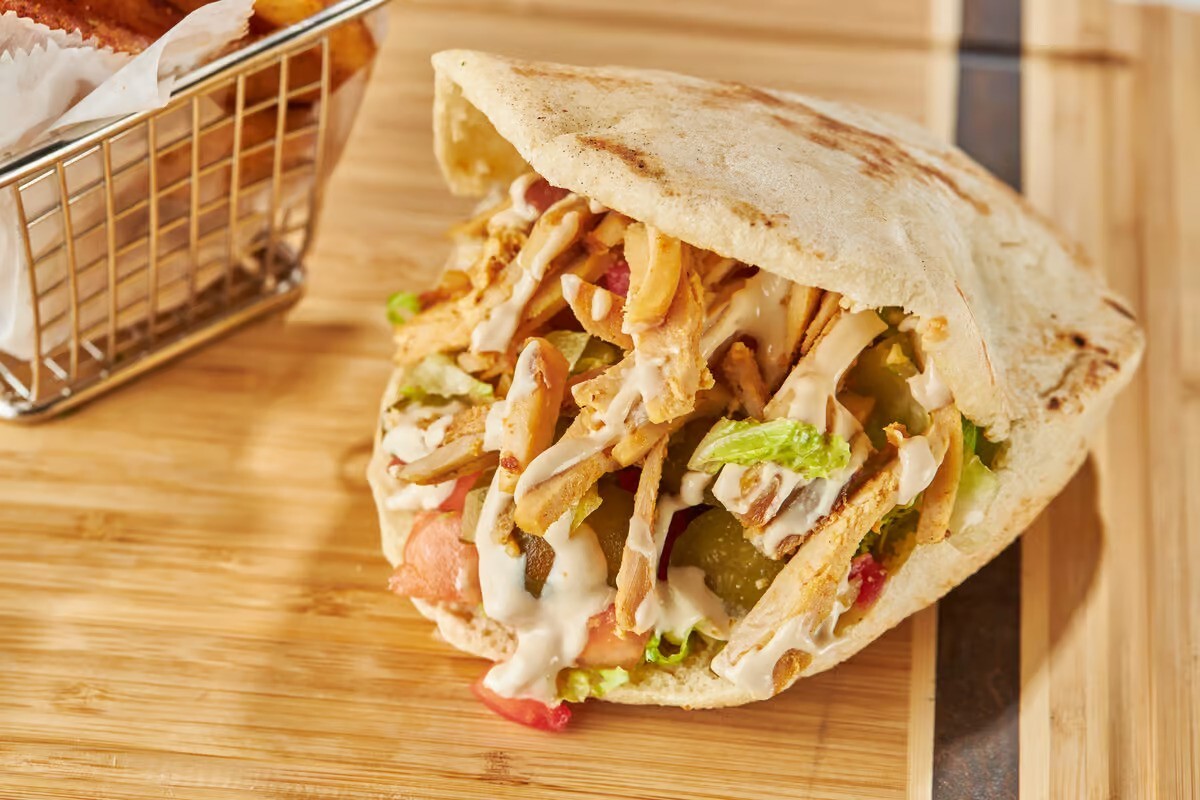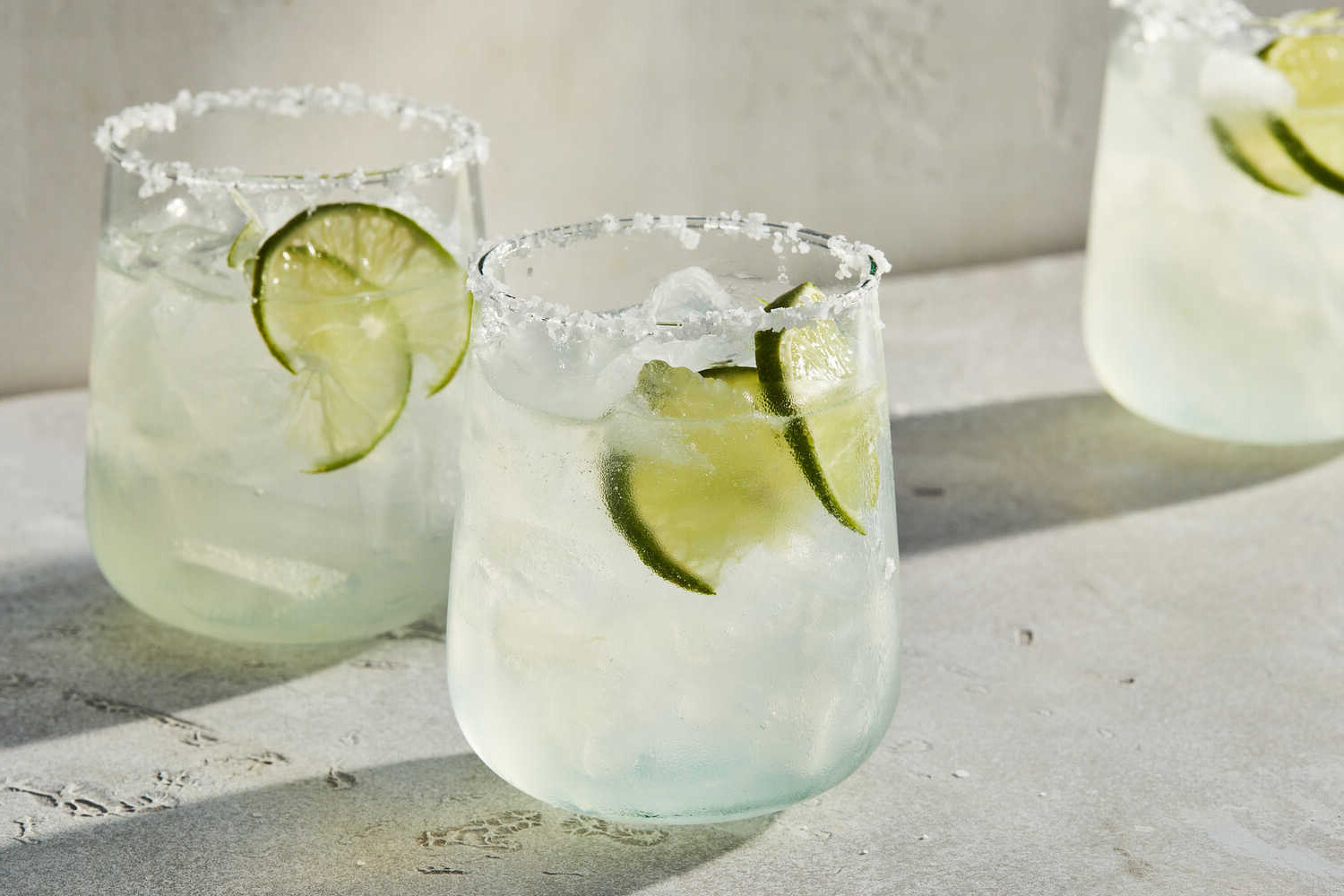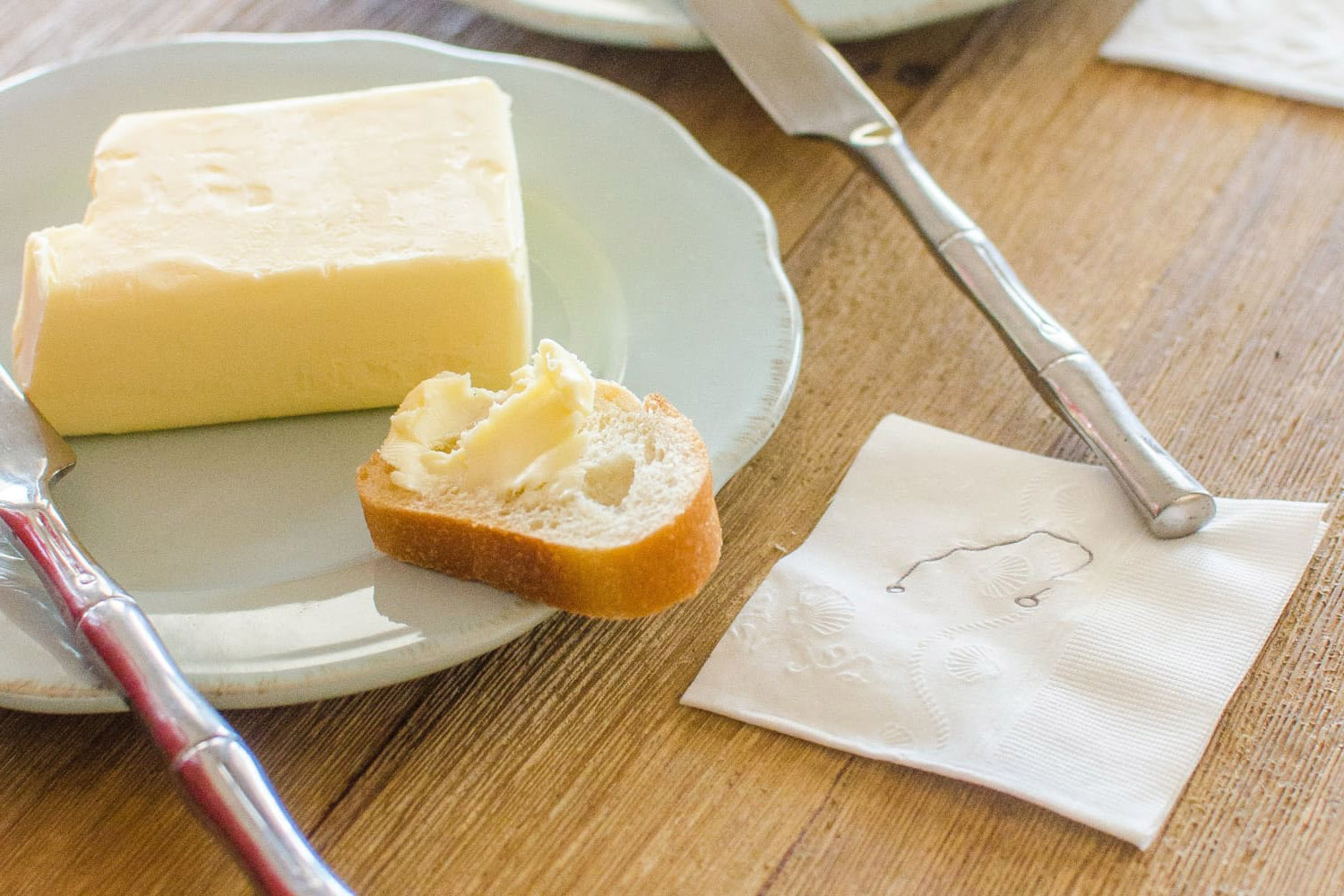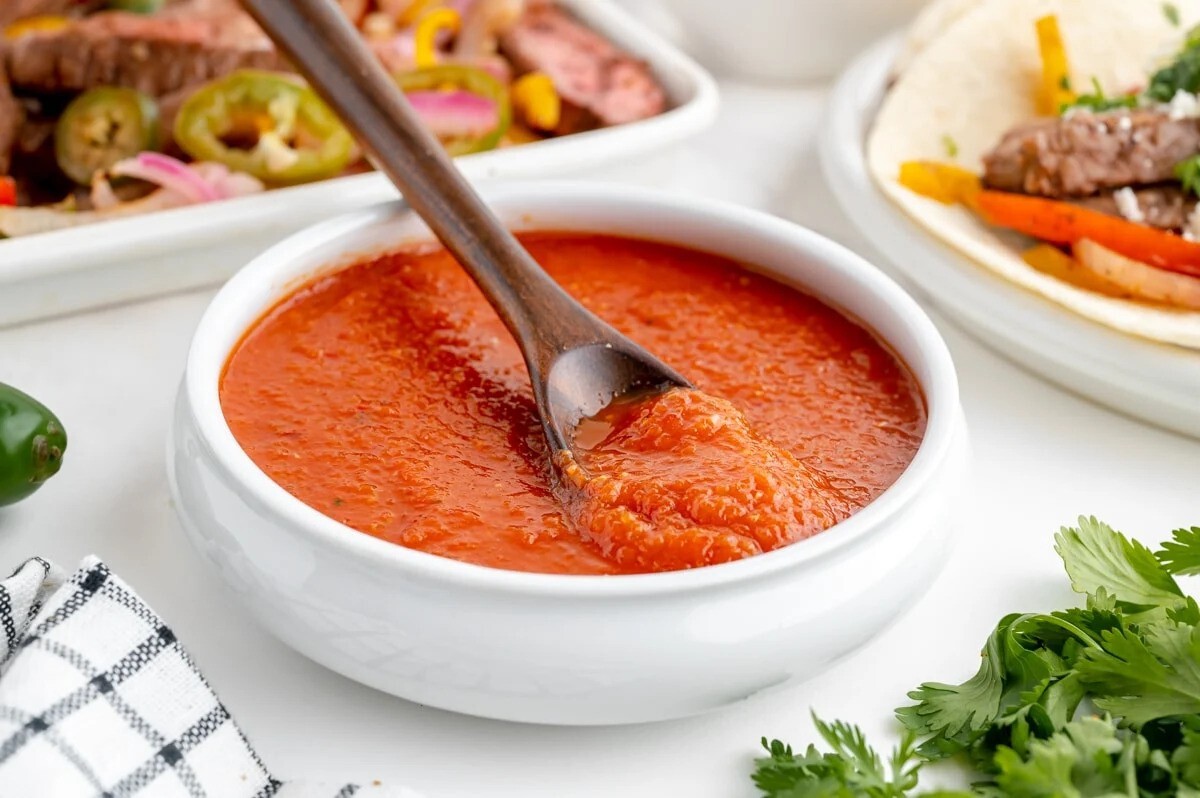Mirliton squash, also known as chayote, is a unique and versatile vegetable that is popular in many cuisines around the world. If you're not familiar with this intriguing squash, you might be wondering, "What is mirliton squash?" Let's explore this delightful vegetable and learn more about its origins, flavors, and culinary uses.
Origins and Appearance
Mirliton squash, or chayote, is a member of the gourd family and is native to Central America. It has a pear-like shape with a wrinkled, green skin and a single, large seed in the center. The flesh of the mirliton squash is pale green and has a mild, slightly sweet flavor.
Nutritional Benefits
Mirliton squash is not only delicious but also packed with essential nutrients. It is low in calories and high in fiber, making it a great addition to a healthy diet. This versatile vegetable also contains important vitamins and minerals, including vitamin C, vitamin B6, folate, and potassium.
Culinary Uses
Mirliton squash can be enjoyed in a variety of ways, adding a unique flavor and texture to dishes. Here are some popular culinary uses for mirliton squash:
- Raw in Salads: Mirliton squash can be thinly sliced or julienned and added to salads for a refreshing crunch.
- Stuffed: The hollow center of the mirliton squash makes it perfect for stuffing with a flavorful filling, such as ground meat, rice, and vegetables.
- Sauteed or Stir-Fried: Mirliton squash can be sautéed or stir-fried with other vegetables and seasonings for a delicious side dish.
- Pickled: Mirliton squash can be pickled to preserve its fresh flavor and enjoyed as a tangy condiment.
Culinary Pairings
Mirliton squash pairs well with a variety of ingredients, including:
- Garlic and Onions: These aromatic ingredients complement the mild flavor of mirliton squash.
- Herbs and Spices: Fresh herbs such as parsley, cilantro, and thyme, as well as spices like cumin and paprika, enhance the flavor of mirliton squash dishes.
- Citrus: The bright acidity of citrus fruits, such as lemon or lime, can add a refreshing contrast to mirliton squash preparations.
Global Influence
Mirliton squash is a staple in many cuisines around the world. In Latin American and Caribbean cooking, it is often used in soups, stews, and salads. In Cajun and Creole cuisine, mirliton squash is a beloved ingredient in dishes such as stuffed mirliton and mirliton casserole. Its versatility and mild flavor make it a popular choice for cooks looking to add a unique touch to their recipes.
Conclusion
In conclusion, mirliton squash, also known as chayote, is a delightful and versatile vegetable with a mild, slightly sweet flavor. Packed with essential nutrients and culinary potential, mirliton squash can be enjoyed in a variety of dishes, from salads to stuffed preparations. Whether you're a seasoned cook or a curious food enthusiast, exploring the culinary possibilities of mirliton squash can add a delightful twist to your meals. So, next time you come across this intriguing vegetable at the market, don't hesitate to bring it home and get creative in the kitchen!
Was this page helpful?
Read Next: What Is Natural Smoke Flavor?
